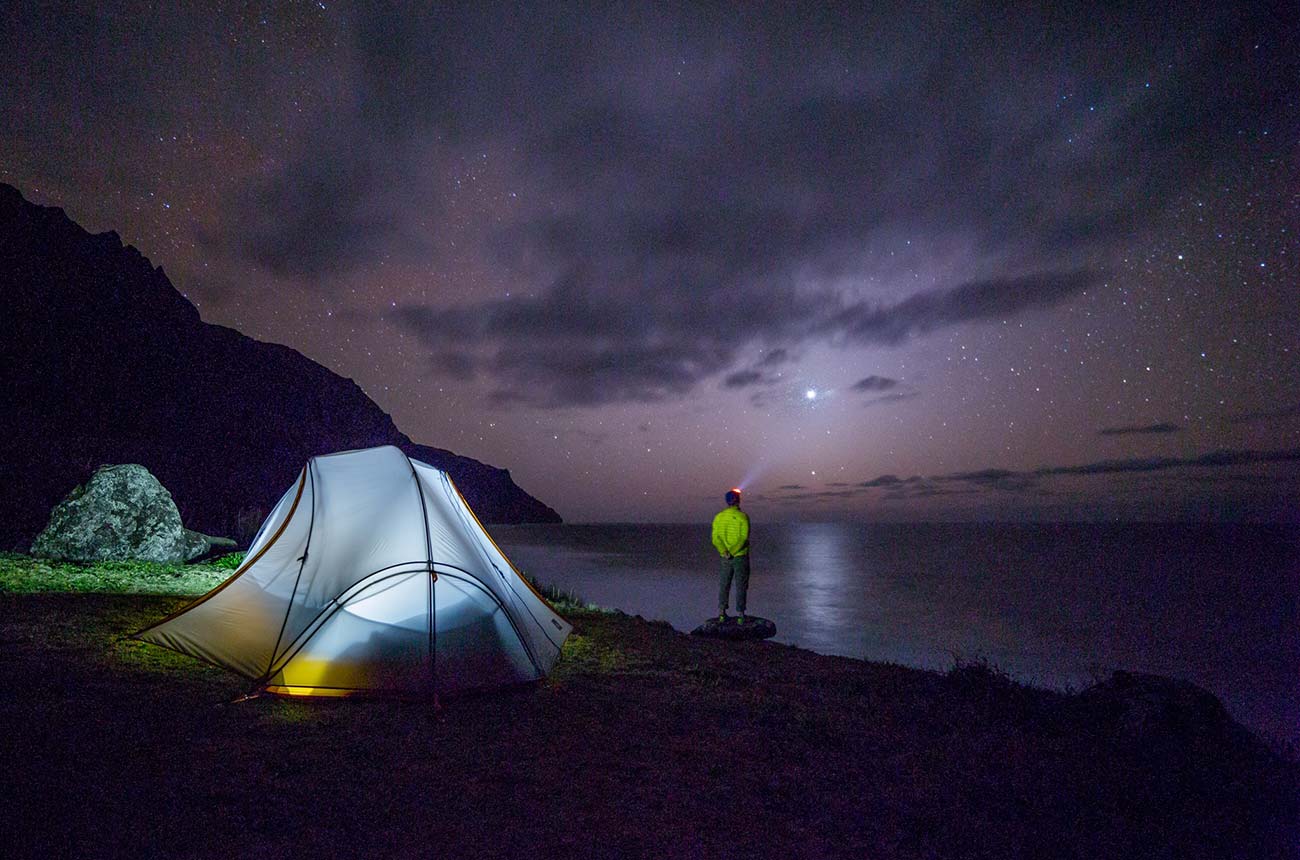
Facing Challenges and Looking Ahead: the State of New Zealand's Screen Production Industry
Greetings, fellow members of the Screen Industry Guild.
As we started moving past the end of winter and transitioned into spring, I’m reflecting on the fact that we really didn’t seem to have a summer this year. It was, at least in the North Island, an amazingly wet and dismal first half of the year with cyclones, floods, and massive downpours. This can be challenging for productions having to schedule around such disruption—a huge hurdle for all our hardworking location managers, location teams, and the transport teams who get the production, big or small, in and out of difficult areas.
A big shout-out to all the crew who get us in and out of the beautiful spots we shoot at and who work hard to ensure we get invited back.
The first half of this year, as well as being wet, was also the processing period for the government to review the consultation results of the NZSPR (New Zealand Screen Production Rebate) and retune the offering intended to keep New Zealand competitive in the international production area and offer incentives for domestic productions to get up and running.
While it was a disappointment to many that the tinkering with the rebate did not result in much more than a name change, there were some welcome increases on the domestic side of the ledger. However, for the international side, things pretty much remained status quo aside from a signaled intention to simplify the complicated 5% uplift process.
There is some concern about a lack of forward bookings for studio complexes across the country, indicating there may be a quiet rest of this year and into 2024. There are a number of reasons this might be the case. These reasons include a general decrease in international production due to the higher interest rate environment, the SAG and Writers Guild strikes stifling pre-production until the strikes are resolved, uncertainty for New Zealand as a destination during the retune of the rebate, and other countries raising their rebates.
The concern that we are in for a slowdown in the New Zealand screen sector might be a combination of all these factors, indicating that New Zealand is no longer as competitive as it once was as a screen production destination.
Having said that, we are also a small country, and it only takes a couple of New Zealand productions and a couple of offshore productions to keep us busy. Here’s hoping the strikes end sooner rather than later and that productions continue to look to New Zealand as a shooting destination.
Brendon Durey
































